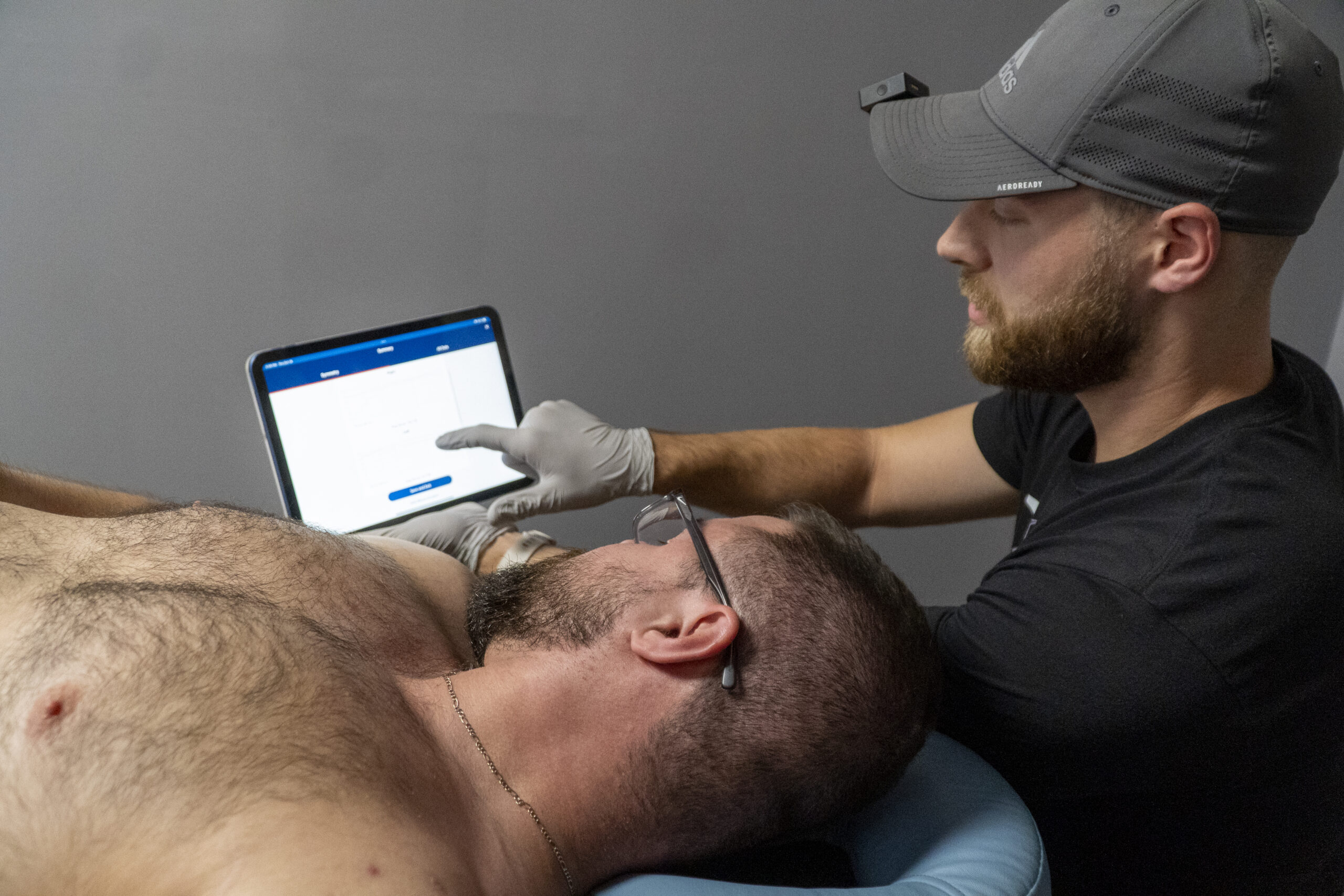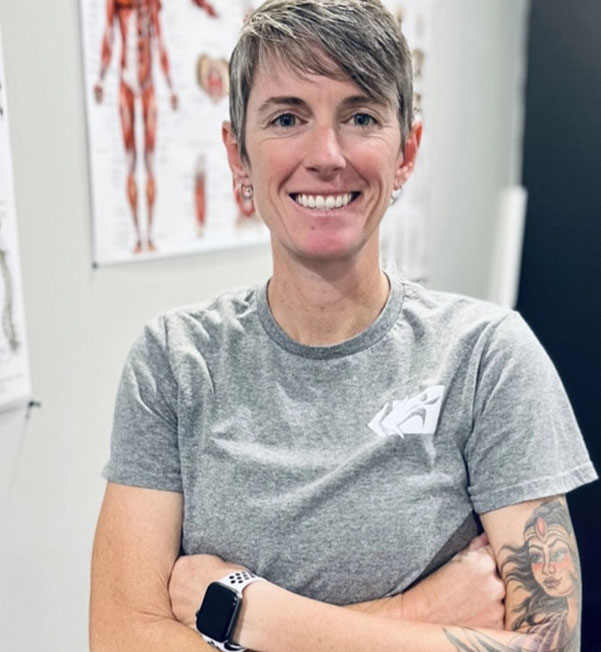Introduction
When it comes to healing and rehabilitation after bone, joint, or muscle injuries, advanced orthopedic physical therapy plays a vital role. This specialized care approach helps people of all ages regain strength, flexibility, and movement. With the help of advanced techniques and the guidance of skilled therapists, many can return to their everyday lives and activities. Let’s explore this exciting field and understand what makes it so essential.
In the realm of advanced orthopedic physical therapy, the physical therapist’s role is central. Physical therapists, including orthopedic physical therapists, work closely with patients, employing their specialized skills to design and execute personalized treatment plans. Whether looking for a physical therapist or seeking to become one, pursuing excellence is key. The great physical therapists in this field use their profound knowledge and hands-on experience to facilitate healing and promote overall well-being.
What is Orthopedic Physical Therapy?
Orthopedic physical therapy focuses on treating conditions affecting the musculoskeletal system, which includes bones, muscles, joints, and ligaments. This therapy helps in the recovery from surgeries and injuries, reducing pain and improving function. Orthopedic physical therapy often involves exercises, manual therapy, and other treatments designed to meet individual needs. When asking, “What does orthopedic injuries mean?” and “What is orthopedic therapy?” the answers are varied and depend on individual requirements.
Professional organizations, such as the American Physical Therapy Association, play a key role in orthopedic physical therapy. They provide guidelines, education, and support to the therapists, ensuring that the latest research and best practices are accessible. This collaboration among therapists, associations, and other stakeholders fosters continuous improvement in patient care and contributes to the success of orthopedic physical therapy.
Fundamentals of Orthopedic Physical Therapy

The foundation of orthopedic physical therapy involves understanding the human body’s musculoskeletal system. Orthopedic physical therapists create a customized plan for each patient, considering their conditions and goals. These plans often include strength training, stretching, joint mobilization, and pain management. By understanding orthopedic injuries, therapists can address the root cause of the issue and develop a targeted treatment plan. More information on orthopedics can be found at OrthoInfo.
Moreover, the role of technology in orthopedic physical therapy is growing. Various technological tools, such as electrical stimulation and therapeutic modalities, are utilized to enhance treatment efficiency. These advanced approaches complement the hands-on techniques that are the hallmark of therapy, creating a holistic treatment experience that focuses on the individual’s unique needs. Whether addressing chronic pain or recovering from surgery, the integration of technology with traditional methods in advanced orthopedic physical therapy ensures optimized outcomes.
Common Orthopedic Conditions
Orthopedic physical therapy treats a wide range of conditions. These include fractures, sprains, arthritis, sciatica, and post-surgical rehabilitation. Each requires specialized care and an understanding of advanced orthopedic physical therapy techniques. Knowing this, therapists are able to design a suitable course of treatment. Whether recovering from a sports injury or dealing with chronic pain, orthopedic therapy offers solutions tailored to individual needs.
Some specific conditions treated in orthopedic physical therapy include musculoskeletal system problems like musculoskeletal pain and issues within the orthopedic system. Injuries like anterior cruciate ligament (ACL) tears, rotator cuff tears, sports-related injuries, tennis elbow, and carpal tunnel syndrome are common examples. These conditions require a deep understanding of the body’s structure and function, and orthopedic specialists are well-trained to address these complex needs with targeted treatments and therapies.
Evidence-Based Practice in Orthopedic Physical Therapy
Evidence-based practice is the cornerstone of advanced orthopedic physical therapy. This means using the best available research, clinical expertise, and patient preferences to guide treatment decisions. This approach ensures patients receive the most effective care, backed by scientific evidence. To learn more about evidence-based practice, you can visit the American Physical Therapy Association.
Advanced Techniques in Orthopedic Physical Therapy

Advanced techniques form the cutting edge of orthopedic physical therapy. These may include manual therapy, dry needling, aquatic therapy, and the use of specialized equipment. Advanced orthopedic physical therapy techniques promote healing, reduce pain, and improve function faster than conventional methods. If you want to explore these techniques further, the progressive orthopedics link offers detailed information.
Preventive Strategies and Long-Term Wellness
Prevention is as crucial as treatment in orthopedic physical therapy. Therapists provide patients with strategies to prevent future injuries and promote long-term wellness. This might involve educating patients about proper body mechanics, ergonomics, and self-care routines. Preventive strategies in advanced orthopedic physical therapy aim to empower patients to maintain their health and prevent the recurrence of injuries. For more information on prevention, you may refer to this U.S. Department of Health & Human Services resource.
Part of the preventive strategy includes understanding how to relieve pain and improve blood flow within the affected areas. Techniques like electrical stimulation, therapeutic modalities, and blood flow restriction techniques can be employed. This ensures that existing conditions are treated, and the body is conditioned to prevent future injuries. The collaboration between patients and their therapists in using these techniques ensures a more well-rounded and proactive approach to overall health and well-being.
Final Analysis: Understanding Orthopedic Physical Therapy
Advanced orthopedic physical therapy is more than just treatment; it’s a comprehensive approach to healing, rehabilitation, and prevention. With a focus on evidence-based practice and patient-centered care, orthopedic physical therapy offers a pathway to recovery for those dealing with musculoskeletal conditions. From understanding orthopedic therapy to exploring advanced techniques, this field continues to evolve, providing vital support to those in need. If you or someone you know could benefit from this specialized care, don’t hesitate to explore it further and take the first step toward better health.
If you seek expert care and guidance, consider Progressive Mobility Physio and Performance. Offering a wide range of orthopedic physical therapy and progressive orthopedics services, our dedicated team of professionals is here to support you on your journey to recovery and wellness. Contact us today and take control of your health with personalized, evidence-based care.


